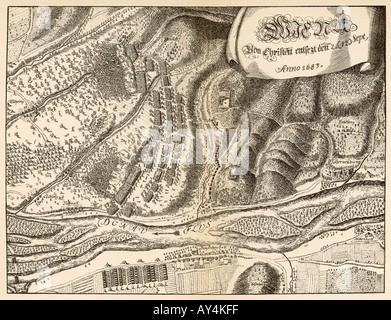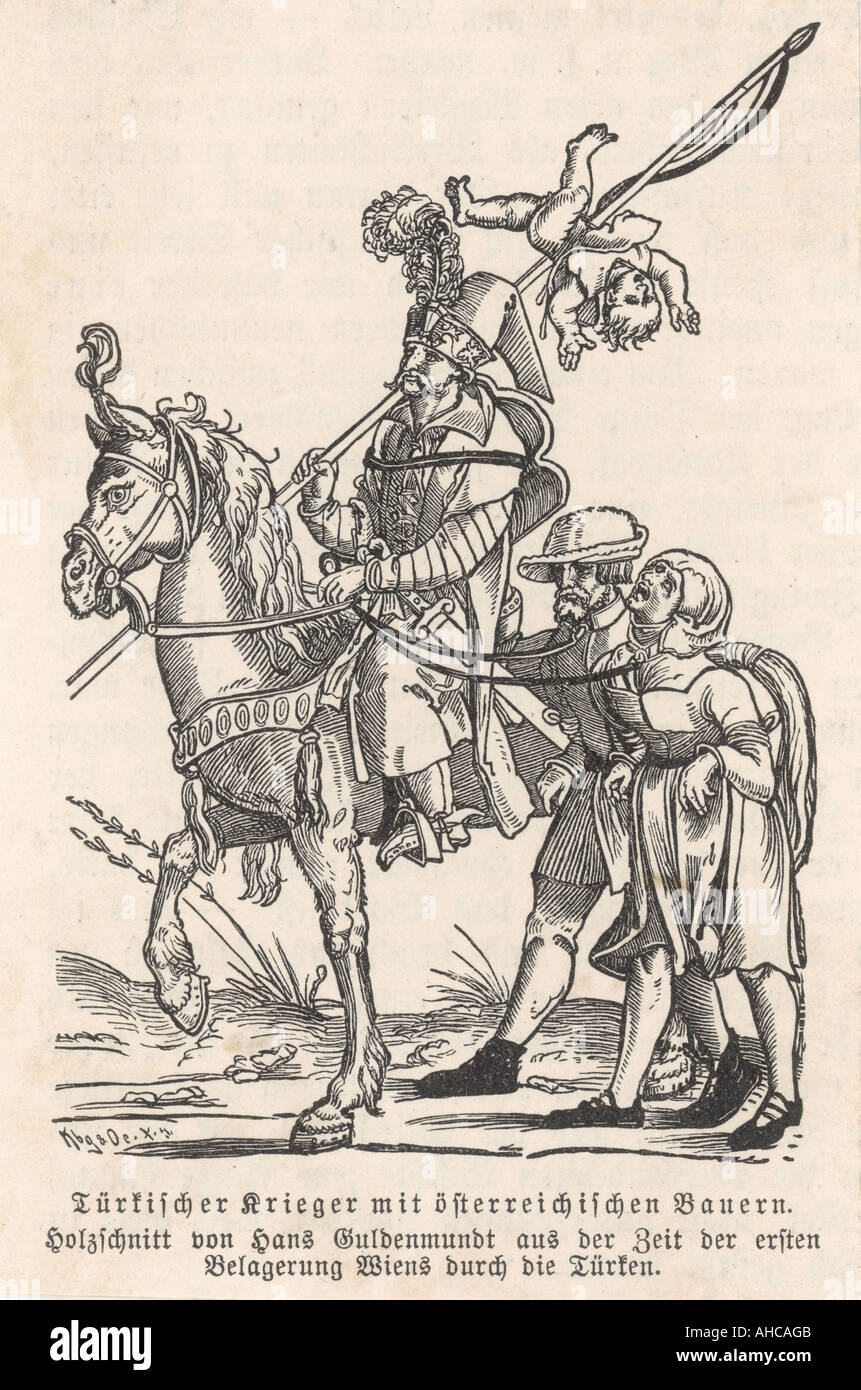
The council decided that the city could not be held, but for the moment Maximilian held out, and instead ordered FML d'Aspre to make a second attempt to dislodge the French troops at Lusthaus. In response Maximilian called a council of war, which met at 1.30am on 12 May. The twenty howitzers inflicted minimal damage, but caused maximum panic. This counterattack began at the same time as Napoleon started his bombardment. That afternoon Massena captured Lusthaus, at the downstream tip of the island, and held it against an Austrian counterattack launched at about 9pm. Napoleon responded in two ways, first by preparing twenty howitzers to bombard the city, and second by sending Massena's newly arrived 4th Corps to occupy the Prater Island, which sits between Vienna and the main branch of the Danube. Kienmayer's II Reserve Corps (just over 4,000 men) was sent into the city before Hiller received an order from Archduke Charles forbidding him from posting men in the city, but these reinforcements encouraged Maximilian, who turned down Napoleon's demand for surrender. Maximilian didn't respond until the following morning, by which time Hiller had arrived on the opposite bank of the Danube.

Late in the day he sent a letter to Maximilian promising to be lenient if the city surrendered, but to destroy it by bombardment if it resisted. Napoleon arrived during the morning, and occupied the Schönbrunn palace (outside the city walls). The rest of Lannes's corps, along with Bessières's cavalry, surrounded Vienna during 10 May. A burst of Austrian gun fire soon made it clear that the city was still held against the French, while Tharreau was injured by a citizen armed with a wooden plank then had to be rescued from a group of hostile women. He assumed that the Austrians were not defending the city, and advanced dangerously close to the walls. They were followed by Tharreau's infantry from Lannes's corps, and then by Lannes himself. The first French troops to reach Vienna on the morning of 10 May were Colbert's light cavalry. When he discovered that Hiller had crossed the Danube and partially destroyed the bridge at Krems Napoleon ordered his men to advance towards Vienna, and by the night of 9 May the nearest French troops were at Purkersdorf, only ten miles from the city. In fact Napoleon was only delayed while he attempted to locate Hiller's retreating army. Maximilian's best hope of success was to hold out until 19 May, when Charles and the main army was expected to arrive opposite the city, but this depended on Napoleon delaying his arrival for several days. The mood in the city was variable, swinging from determination to panic on a regular basis. Maximilian also had 8,000 Lower Austrian Landwehr at his disposal, and detained two battalions of regular infantry from Lower Austrian as they passed through the city escorting prisoners. 9 May also saw the arrival of Nordmann's brigade with 500 Grenzers and 200 Hussars. These troops reached Vienna on 8 and 9 May. Hiller was also forced to sent six battalions of Vienna Volunteers, much against his will as they had performed well during the battle of Ebelsberg (). This division arrived in Vienna on 9 May.

Around 10,000 men were detached from Hiller's corps when it crossed the Danube, but Hiller made sure that most of these men were either inexperienced Landwehr, or new recruits, mostly from Galicia and thus Poles who were hostile to the Austrian monarchy. In theory he commanded 34,400 infantry and cavalry and 1,200 artillerymen by the time the French reached Vienna, but most of his troops were inexperienced, exhausted or unreliable. The defenders of Vienna were commanded by Archduke Maximilian, the Emperor Franz's cousin. Over the next two weeks Hiller was forced steadily east, before eventually crossing the Danube on 8 May. After the battle of Eggmuhl (22 April 1809) Charles and the larger part of the army had been forced north of the Danube, leaving Hiller and the Austrian left isolated on the south bank. The main Austrian army, under the command of Archduke Charles, had advanced into Bavaria, but had been split in two by Napoleon at the battle of Abensberg (20 April 1809). Vienna was exposed to French attack as a result of the failure of the Austrian invasion of Bavaria that had opened the Franco-Austrian War of 1809.

The siege of Vienna of 10- saw the Austrian capital fall to Napoleon for the second time in four years after a very short attempt to defend the city.


 0 kommentar(er)
0 kommentar(er)
